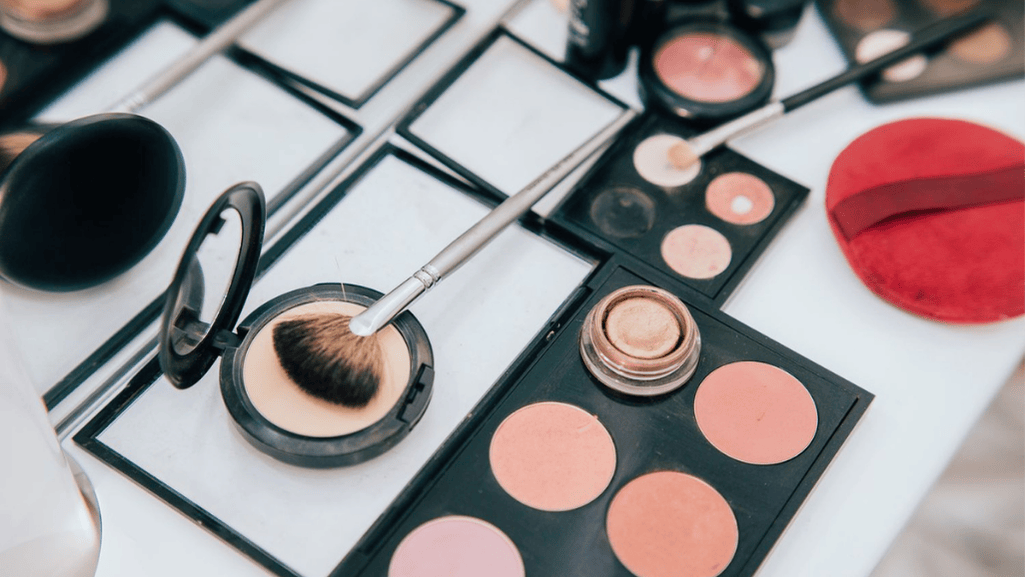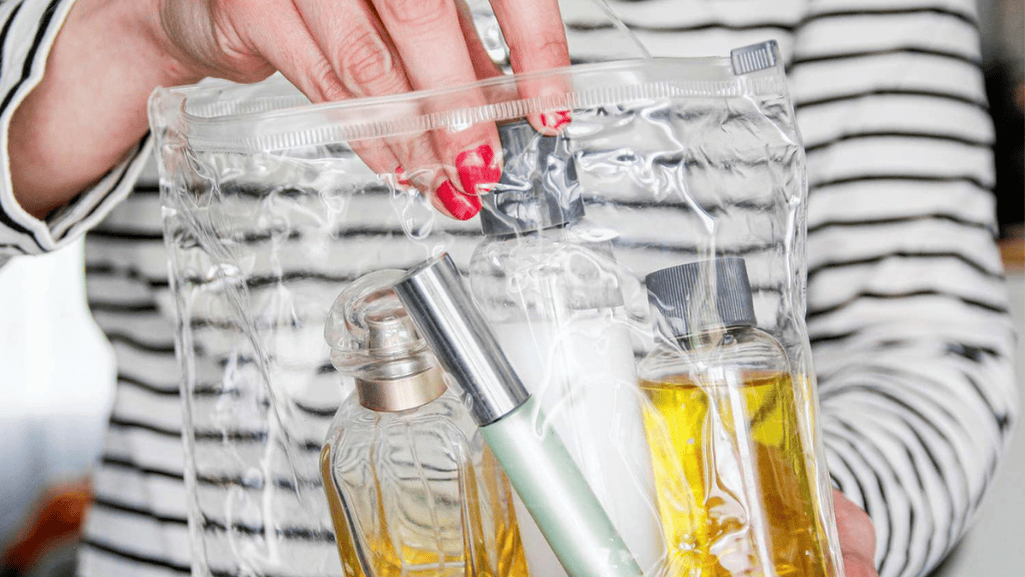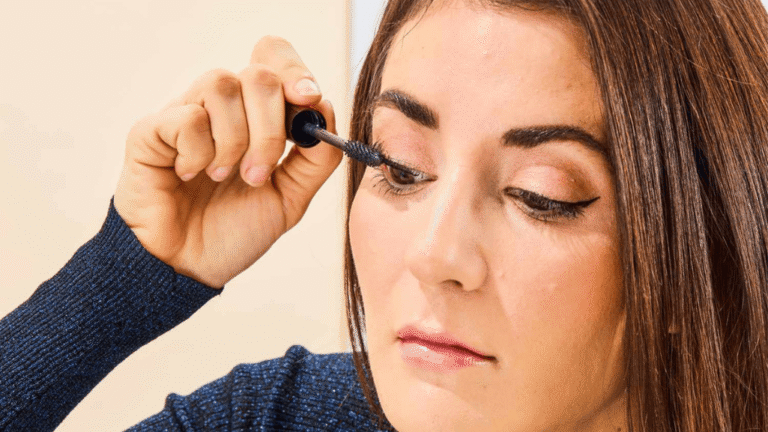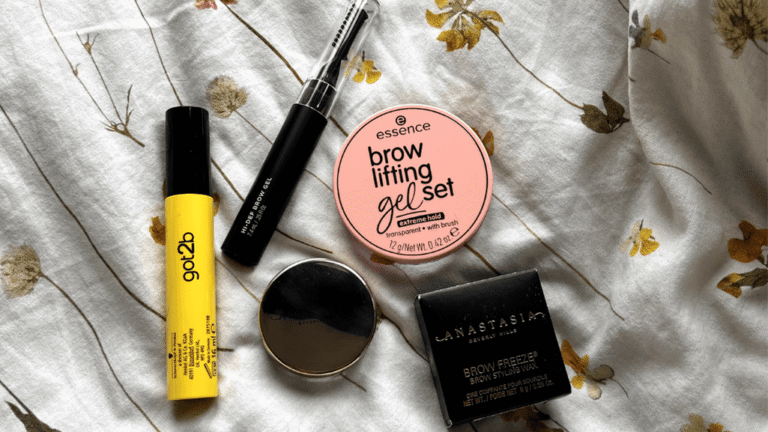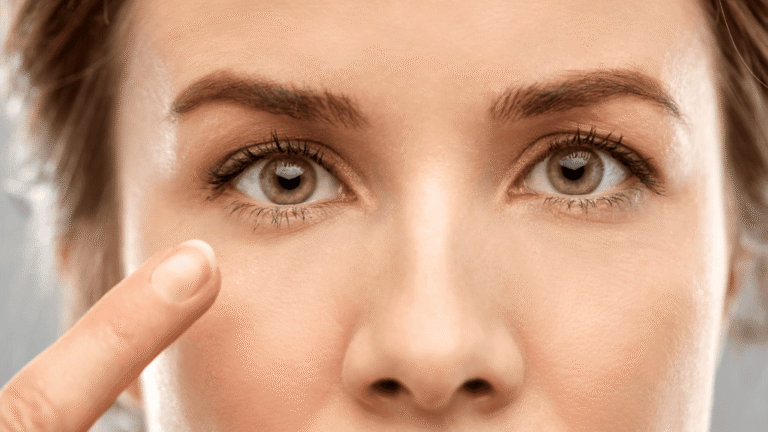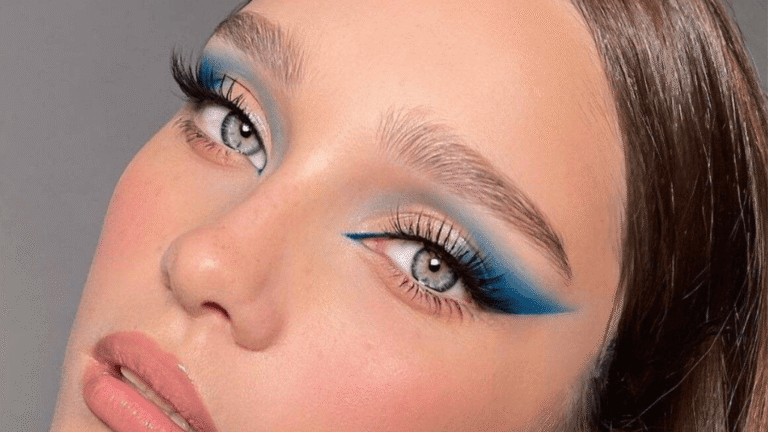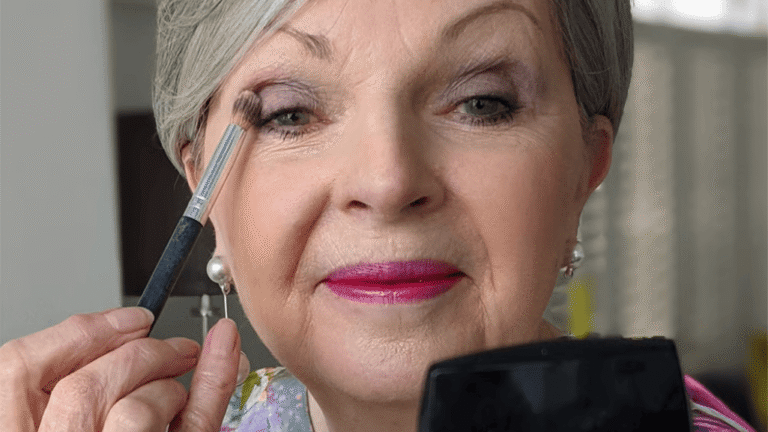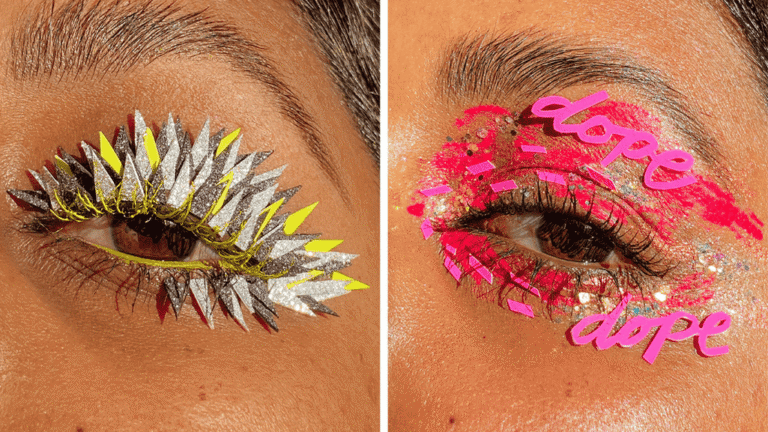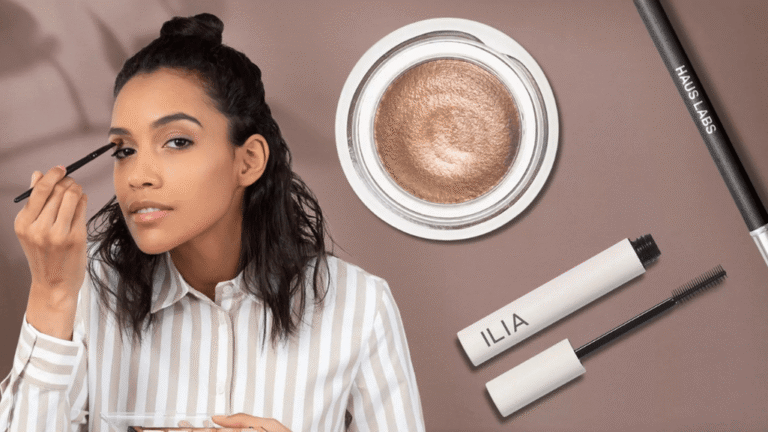When it comes to traveling, many people like to have their favorite makeup products on hand. But are you allowed to bring Does makeup expire? The Transportation Security Administration (TSA) has specific rules and guidelines regarding the transportation of liquids and other beauty products in your carry-on baggage. Understanding these rules is crucial to ensure a smooth and hassle-free travel experience.
The TSA allows you to bring travel-sized containers of liquids, aerosols, gels, creams, and pastes in your carry-on bag. However, there are certain restrictions you need to be aware of. These containers must be 3.4 ounces (100 milliliters) or less per item and should be placed in a quart-sized bag separate from your carry-on baggage. It’s important to note that any liquid, aerosol, gel, cream, or paste that alarms during screening will require additional screening. Additionally, duty-free liquids can be carried in a secure, tamper-evident bag if purchased internationally, but there are certain restrictions that apply.
Key Takeaways:
- Travel-sized containers of liquids, aerosols, gels, creams, and pastes are allowed in carry-on baggage. Check the TSA’s guidelines for specific size restrictions.
- Liquids include products like foundation, concealer, and blush. Powder-based products are generally not considered liquids.
- Expired makeup can have negative effects on your skin. Regularly check the expiration dates of your makeup products and replace them when they expire.
- The shelf life of makeup varies depending on the product. Follow general guidelines to determine how long your makeup will last.
- It’s strongly recommended to throw out expired makeup before you travel. Using expired cosmetics can pose risks to your skin health.
What Counts as a Liquid According to TSA?
According to the TSA, liquids include substances such as foundation, concealer, blush, and any other product that has a liquid or gel-like consistency. This means that items like liquid foundation, liquid concealer, and liquid blush are considered liquids by the TSA.
However, solid products like powder foundation or blush in a compact are generally not considered liquids. These products have a different consistency and don’t pose the same security risks as true liquid or gel products.
To determine if your makeup falls under the TSA’s liquid restrictions, it’s important to check the consistency and packaging of your products. If it has a liquid or gel-like texture, it will be considered a liquid by the TSA.
Make sure to pack any liquid or gel makeup items in a quart-sized bag separate from your carry-on baggage to comply with TSA regulations. This will make the screening process smoother and prevent any issues or delays.
Does Makeup Expire?
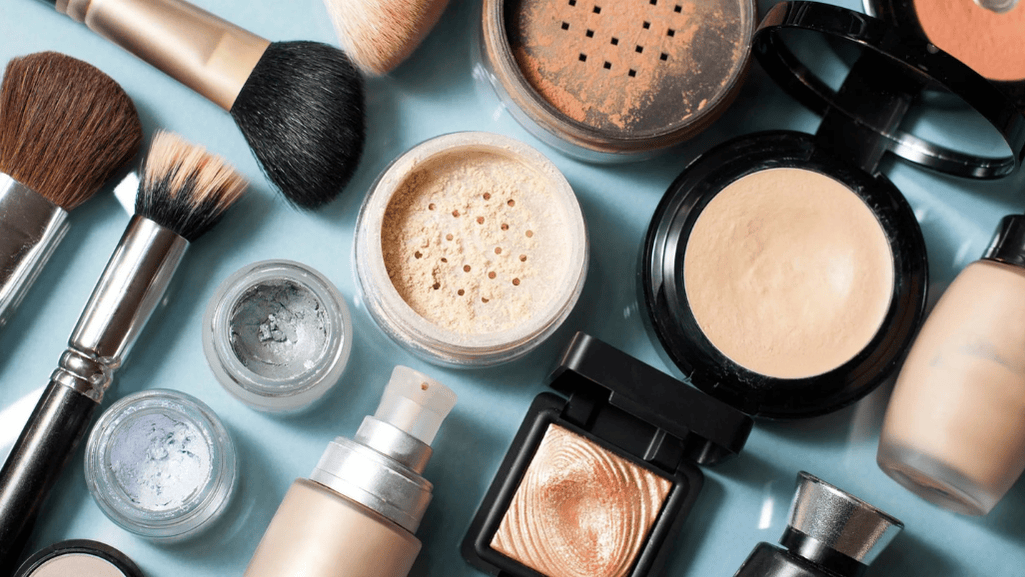
Yes, makeup does expire. Most makeup products have a shelf life of anywhere from 6 months to 2 years, depending on the product. Using expired makeup can have negative effects on your skin and overall appearance. It’s essential to be aware of the signs of expired makeup and regularly check the expiration dates to ensure you’re using safe and effective products.
Signs of expired makeup can vary depending on the product, but some common indications include changes in texture, color, or smell. If your liquid foundation becomes watery or separates, your mascara clumps, or your lipstick smells off, these could be signs that they have expired. Additionally, the presence of mold or bacteria is a clear indication that your makeup should be discarded immediately.
Expired makeup can have a range of negative effects on your skin, including irritations, breakouts, and infections. Using old or contaminated products can clog your pores, leading to acne or skin infections. The texture and consistency of expired makeup can also become unpredictable, affecting the overall performance and finish of the product.
It’s important to note that natural and organic makeup products tend to have a shorter shelf life compared to synthetic or chemical-based products. Additionally, certain products like mascaras and liquid eyeliners are more prone to contamination and should be replaced more frequently, usually around 3-6 months.
To ensure that you’re using makeup that is safe and effective, it’s crucial to regularly evaluate and replace your products based on their expiration dates. Additionally, practicing good hygiene, such as washing your hands before applying makeup and keeping your products clean, can help extend their shelf life and minimize the risk of contamination.
How Long Does Makeup Last?

When it comes to makeup, understanding its longevity is crucial to maintain its quality and ensure your skin’s safety. While the expiration dates of makeup products can vary, here are some general guidelines to keep in mind:
1. Foundation
The average shelf life of liquid foundation is approximately 6 months to 1 year. However, powder foundation can last up to 2 years if stored properly.
2. Concealer
Similar to foundation, the shelf life of liquid concealers is typically 6 months to 1 year. However, stick and powder concealers can last up to 2 years with proper storage.
3. Blush and Bronzer
Both powder and cream blushes and bronzers can last up to 2 years, as long as they are stored in a cool and dry environment.
4. Eyeshadow
The longevity of eyeshadows depends on their formulation. Powder eyeshadows can last up to 2 years, while cream and liquid eyeshadows may expire within 6 months to 1 year.
5. Mascara
Mascara has the shortest lifespan among makeup products. It is recommended to replace your mascara every 3 to 6 months to prevent the risk of eye infections.
6. Lipstick
Most lipsticks have a shelf life of 1 to 2 years, depending on the formulation. However, if you notice any changes in texture or smell, it’s best to discard them.
7. Lip Gloss
Lip glosses, similar to lipsticks, can last up to 1 to 2 years. However, if they become clumpy or have an off-putting smell, it’s time to replace them.
8. Eyeliner
Pencil eyeliners can last up to 2 years, while liquid eyeliners and gel eyeliners should be replaced after 3 to 6 months to prevent bacterial contamination.
| Makeup Product | Expiration Timeframe |
|---|---|
| Foundation | 6 months to 2 years |
| Concealer | 6 months to 2 years |
| Blush and Bronzer | 2 years |
| Eyeshadow | 6 months to 2 years |
| Mascara | 3 to 6 months |
| Lipstick | 1 to 2 years |
| Lip Gloss | 1 to 2 years |
| Eyeliner | 3 to 6 months (liquid and gel), 2 years (pencil) |
It’s important to note that these are general guidelines, and the expiration dates may vary depending on the brand and specific formulation of the product. Always check for changes in smell, texture, or color, as these are indications that the makeup has expired and should be replaced.
By being mindful of the expiration dates and storing your makeup properly (in a cool and dry environment, away from direct sunlight and moisture), you can ensure the longevity and effectiveness of your favorite products, while also safeguarding your skin’s health.
Traveling with Expired Makeup
 If you’re planning to travel and have expired makeup in your collection, it’s essential to prioritize the safety of your skin. Using expired cosmetics can pose risks to your skin health as they can become contaminated with bacteria and other harmful substances over time. Therefore, it’s strongly recommended to throw out any expired makeup before you embark on your journey.
If you’re planning to travel and have expired makeup in your collection, it’s essential to prioritize the safety of your skin. Using expired cosmetics can pose risks to your skin health as they can become contaminated with bacteria and other harmful substances over time. Therefore, it’s strongly recommended to throw out any expired makeup before you embark on your journey.
Expired makeup can lose its effectiveness and may cause irritations, breakouts, or even infections. The texture, color, and smell of expired products can change, indicating that they are no longer safe to use. Additionally, mold or bacteria growth can occur on expired cosmetics, further risking your skin’s health.
If you find yourself with expired makeup while traveling, it’s advisable to replace it with fresh products that are within their expiration dates. Packing expired makeup in your bag can not only jeopardize your skin’s well-being but also lead to its confiscation by the TSA during the screening process.
Ensure that you check the labels and expiration dates of your makeup products regularly, particularly before traveling, to maintain the highest level of safety and efficacy.
Tips for Traveling with Makeup:
- Pack travel-sized products: Opt for travel-sized containers of makeup products to comply with TSA guidelines and minimize space in your carry-on bag.
- Use solid alternatives: Consider using solid makeup products such as powder foundation or blush in a compact, which are generally not considered liquids by the TSA.
- Transfer products into appropriate containers: Place your liquid makeup products in containers that meet the TSA’s 3.4-ounce (100 milliliters) size restriction and ensure they are securely sealed to prevent leaks.
- Organize your makeup bag: Place your makeup products in a clear, quart-sized bag separate from your carry-on baggage to facilitate the TSA screening process.
- Keep backup products: Carry backup makeup products in case any of your essentials are confiscated or lost during travel.
Tips for Traveling with Makeup
When it comes to traveling with makeup, it’s important to ensure that you are following the TSA’s guidelines and regulations. Here are some helpful tips to keep in mind to make your travel experience with makeup smooth and hassle-free:
- Check the TSA’s guidelines: Before packing your makeup, take the time to review the TSA’s rules regarding liquids and carry-on items. This will help you determine what products are allowed and what restrictions might apply.
- Travel-sized containers: Instead of bringing full-sized makeup products, consider transferring them into smaller containers that comply with the TSA’s 3.4-ounce limit for liquids. This will not only save space in your carry-on bag but also ensure that your makeup is compliant with the regulations.
- Use solid or powder products: If possible, opt for solid or powder makeup products as they are less likely to be considered liquids by the TSA. This includes items like powder foundation, blush, and eyeshadow palettes.
- Secure your liquids: If you do need to bring liquid or gel products, make sure to place them in a quart-sized bag that can be easily accessed during the security screening process. This will help expedite the screening and prevent any delays.
- Keep your makeup organized: Use makeup organizers or travel cases to keep your products neatly organized and prevent any potential spills or damage. This will also make it easier to find what you need without causing a mess in your carry-on bag.
- Consider makeup wipes: To freshen up your face during a long flight, pack some makeup wipes in your carry-on bag. They are convenient, easy to use, and can help remove any makeup residue without the need for liquid products.
- Protect fragile items: If you have delicate and breakable makeup items, such as glass bottles or compact mirrors, wrap them in protective material or place them in padded pouches to prevent damage during travel.
By following these tips and being mindful of the TSA’s guidelines, you can ensure that you travel with your favorite makeup products without any issues. Safe travels!
Conclusion
When it comes to traveling with makeup, it’s essential to familiarize yourself with the TSA’s rules and guidelines. Understanding what counts as a liquid according to the TSA can help you pack your makeup correctly and avoid any issues during security checks. Additionally, being aware of the expiration dates of your makeup products is crucial to ensure their safety and effectiveness.
Expired makeup can have negative effects on your skin and may even pose health risks. By regularly checking the expiration dates, you can ensure that you are using fresh and safe products. Remember that makeup products have varying shelf lives, so it’s important to replace them when they expire.
By following the TSA regulations for makeup and adhering to makeup expiration guidelines, you can have a smooth and hassle-free travel experience, while also maintaining the quality and safety of your makeup. So, make sure to pack your makeup in accordance with the TSA rules, keep track of expiration dates, and prioritize your skin’s health when traveling.
FAQ
Can You Bring Makeup on a Plane? TSA Rules Explained
According to the TSA rules, you are allowed to bring travel-sized containers of liquids, aerosols, gels, creams, and pastes in your carry-on bag. These containers must be 3.4 ounces (100 milliliters) or less per item and should be placed in a quart-sized bag separate from your carry-on baggage. However, any liquid, aerosol, gel, cream, or paste that alarms during screening will require additional screening. Duty-free liquids can also be carried in a secure, tamper-evident bag if purchased internationally with certain restrictions.
What Counts as a Liquid According to TSA?
According to the TSA, liquids include substances such as foundation, concealer, blush, and any other product that has a liquid or gel-like consistency. This means that items like liquid foundation, liquid concealer, and liquid blush are considered liquids by the TSA. However, solid products like powder foundation or blush in a compact are generally not considered liquids. It’s important to check the consistency and packaging of your makeup products to determine if they fall under the TSA’s liquid restrictions.
Does Makeup Expire?
Yes, makeup does expire. Most makeup products have a shelf life of anywhere from 6 months to 2 years, depending on the product. Expired makeup can have negative effects on your skin, such as causing irritations, breakouts, or infections. Signs of expired makeup include changes in texture, color, or smell, as well as the presence of mold or bacteria. It’s important to regularly check the expiration dates of your makeup products and replace them when they expire.
How Long Does Makeup Last?
The longevity of makeup products varies depending on the type of product. Here are some general guidelines:- Foundation: 6 months to 2 years- Concealer: 6 months to 1 year- Mascara: 3 to 6 months- Eyeliner: 6 months to 1 year- Eyeshadow: 1 year to 2 years- Lipstick: 1 year to 2 years- Blush and bronzer: 1 year to 2 years- Powder products (e.g., setting powder, pressed powder): 2 yearsRemember to always check the expiration dates on your makeup packaging and replace any expired products.
Traveling with Expired Makeup
It’s strongly recommended to throw out expired makeup before you travel, as using expired cosmetics can pose risks to your skin health. Expired makeup can become contaminated with bacteria and other harmful substances over time. If you’re traveling with expired makeup, it’s advisable to replace it with fresh products that are within their expiration dates. Packing expired makeup can also lead to it being confiscated by the TSA if they find it during the screening process.
Tips for Traveling with Makeup
When traveling with makeup, it’s important to adhere to TSA guidelines. Here are some tips to keep in mind:- Pack travel-sized containers of liquids, gels, and creams that are 3.4 ounces (100 milliliters) or less.- Place these containers in a quart-sized bag separate from your carry-on baggage.- Check the consistency of your makeup products to determine if they are considered liquids by the TSA.- Regularly check the expiration dates on your makeup products and replace any expired items.- If in doubt, it’s better to leave certain makeup products at home or in checked baggage.By following these guidelines, you can ensure a smooth and hassle-free travel experience while maintaining the safety and efficacy of your makeup.
Conclusion
When it comes to traveling with makeup, it’s essential to familiarize yourself with the TSA’s rules and guidelines. This includes understanding what counts as a liquid, the expiration dates of your products, and the potential risks of using expired makeup. By following these guidelines, you can ensure a smooth and hassle-free travel experience while maintaining the safety and efficacy of your makeup.

